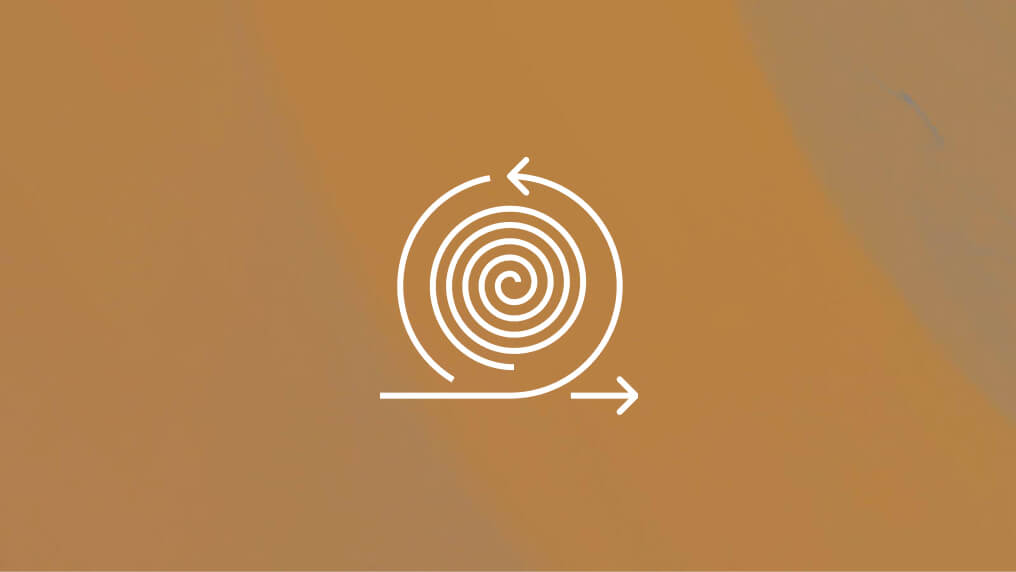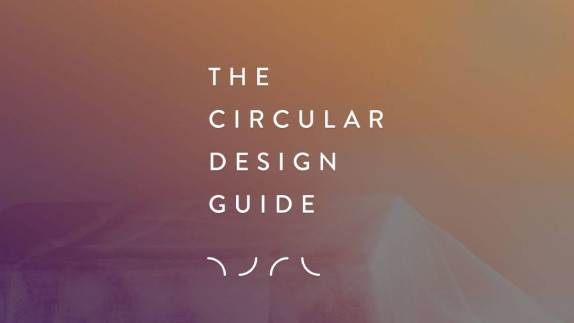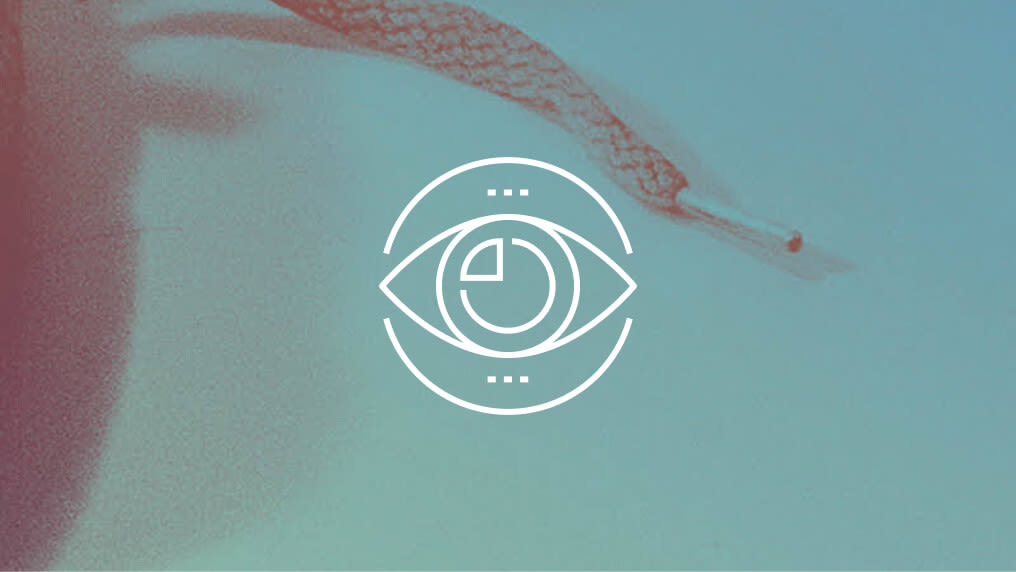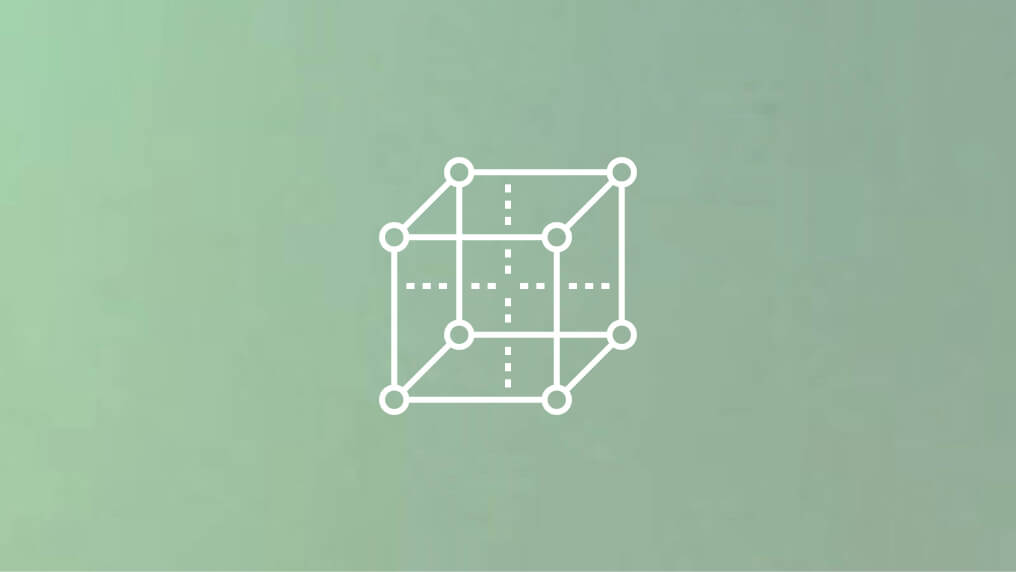Learn how to apply the principles of design thinking to ensure your organisation can support the change to circularity.
Whether you work in a large corporation or are a small start-up, as you iterate your circular business and look to scale, there will be implications for how you, your team, your company, and partners in your system need to operate. Changing established organisations can be hard, but not impossible if you utilise the design thinking processes to help shift the status quo.
Steps
Step 1
Using the Organisational Design Worksheet, consider each of the areas and answer the questions that you feel will be a priority as you move forward. Successful organisations align themselves with their user proposition and how they contribute to the system they are part of, not just their own internal needs.
Step 2
Create a value proposition by conducting research with employees and internal stakeholders to spot opportunities to change ways of working.
Step 3
Create some organisational hypotheses to test out your ideas. (For example, “How might we develop a flexible, scalable resource to man our response centre?”)
Step 4
Devise some 'experiments' or prototypes to test your organisational changes alongside the product or service. Ensure that this test requires minimal effort – focus instead on learning and iterating. (For example, hire in new capabilities on a short-term basis to test whether these are the right skills you need before committing to full-time team members).
Step 5
Continue this process to deliver your value proposition and contribute to the system you are part of. Remember, organisational design will constantly evolve and be as iterative as your product or service design. The Continuous Learning Loops activity can help you make sense of your learnings as you go.

Circular Design Guide
This page is part of the Circular Design Guide. Get an overview of the project, or dive straight into our activities to help you understand, define, make, and release circular innovations.
You may also like

Continuous learning loops
Explore next steps to iterate your design and continue to add value





